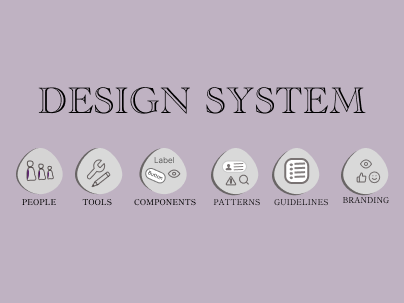Design Thinking - Must have for Strategy
Read Time: 4 - 8 min
In my career journey of design and marketing, my advocacy for user centric design and innovation has been at the forefront. I experienced the transformative power of design thinking early on in my career when I was working at Community College as a Designer. I was the only designer in the team where it was a big taboo to talk to the target users. The only thing that mattered there was glossy illustrations and the assumptions made by the stake holders(marketing and developers) for rolling out any digital system.
The stage was set I was called by the director of Marketing to discuss what could be done to improve the declining enrollment numbers. For me this was the perfect opportunity to get the voice of the users heard in designing the new systems. I also had to make sure that we talk to the right users and check the data points to understand the behavior of the target users to solve the critical issue of dropping enrollment numbers.
For the next couple of weeks I was immersed in the research for the declining enrollment numbers project that would not only redefine approach to the product usability and accessibility which in turn would lead to the increase in revenue growth. This research project would also help the stakeholders understand the transformative power of design thinking.
So, Adopting the design thinking methodology, I engaged in mixed user research technique. I scheduled interviews with the admission advisors, financial staff and with the potential college students and managers. I built out the personas of our target users. We laid out the journey mapping of each persona. The journey map became our guiding tool through which we were able to see the challenges and opportunities.At the core of this process, a crucial design thinking workshop acted as a catalyst for delving into our research findings and identifying the key problems to address.
Our research provided a comprehensive view of the sales environment, presenting us with the challenge of transforming a vast amount of data into practical insights. Working together as a team, we managed the time constraints by utilizing retrospectives to iteratively improve our strategy.
It was very well accepted by everyone, as it helped in making scalable, consistent UI which in turn led to greater adaptability and good customer experience.
It was very well accepted by everyone, as it helped in making scalable, consistent UI which in turn led to greater adaptability and good customer experience.
The transition from sticky notes to digitized comprehensive report and an accountable excel sheet with all the priorities marked clearly was a significant step towards streamlining the work and setting the direction for the product road map. The comprehensive report, journey mapping, and priority task list excel sheets became critical lifeline for our product. The empathy we developed for our target users—students, sales staff, and administrators—resonated throughout the organization, enhancing our collective understanding of the challenges we face.
We focused first on addressing small, frequent tasks to achieve quick wins for the entire team. Celebrating small wins became a practice, nurturing a strong sense of accomplishment and pride within the team. The introduction of design thinking into the organization was a pivotal moment, enhancing our efficiency and paving the way for a wider transformation. Our methodologies served as a guiding light, leading teams throughout the organization toward a unified adoption of design thinking principles.
I cannot emphasize enough how crucial mixed research methodologies and design thinking have been throughout my career. They have guided me in every project and are essential to my work. I firmly believe that user research should be at the core of every business. These approaches have not only contributed to my professional growth but have also enriched me personally.


